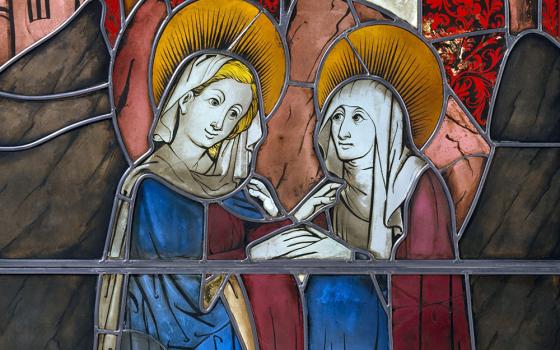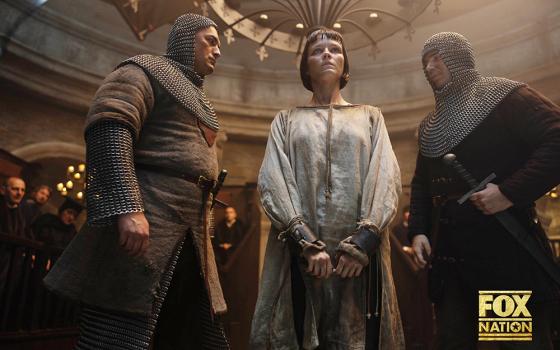Father Ron Schmit, in an essay here at NCR, has raised questions about ecclesiological significance of the return of the Tridentine rite. I do not share his concerns.
At the time of the Council, two things happened that were of extraordinary significance for Catholic thinking about liturgy and, more broadly, about ecclesiology. First, just before the Council, acting on his own authority, Pope John XXIII introduced St. Joseph to the Roman Canon. On the one hand, this reflected the simple piety of good Pope John. On the other hand, acting in such an "authoritarian" way, rather than asking the Council to enact the change, seemed to send a signal about papal authority. But, perhaps the greatest significance of the change was the fact that it was a change. The immutable liturgy was shown not to be immutable. The second thing happened once the Council began. Each morning's session started with Holy Mass. Many of the liturgies were led by Eastern-rite bishops, and their liturgy was very different from the Roman rite. Cardinal Montini, then the Archbishop of Milan, led the bishops in the Ambrosian rite, which was as ancient and Western as the Roman but also different. This experience of liturgical diversity gave the Council Fathers the awareness that the Tridentine rite was not carved in stone.
After the Council, Montini, by then Pope Paul VI, made the decision to forbid the Tridentine rite. He correctly understood that it could be used by some to deny the authority of the Council. Fr. Schmit discusses Pope Paul VI's comments in this regard, and they indicate Pope Paul's shrewdness. He was right to deny those who opposed the Council generally a means of creating dissent within the bosom of the Church. But, that is not the situation now. Those who deny the authority of the Council have left. God willing, some will soon return to the fold. But, attendance at a Tridentine rite Mass today hardly raises the threat of schism it could have in Paul's time.
The Tridentine rite is not my cup of tea, but is has a certain beauty that is undeniable. Yes, the ecclesiology it expresses is more vertical than the new rite, but balancing the vertical and the horizontal is one of the central challenges of good liturgy. Mass should invite us to gaze heavenward, but it should also invite us to look to our left and right at the people sitting next to us and see in them the body of Christ, the Church, just as we see in the Eucharist the sacramental body of Christ. And, in our culture, which is drowning in the horizontal, taking time to experience a more purely vertical experience of liturgy is not entirely a bad thing.
Most of all, I wish to make the case for liturgical diversity. At a time when many people are leaving the Church, if some find in the Tridentine rite a reason to stay, I say let them have it. We do not want the Church to become a Tower of Babel. The Church's prayer is singular as well as diverse, we pray to the one God, through the intercession of the one Lord, and inspired by the one Spirit: "One Lord, one faith, one baptism." But, St. Paul did not tell the Ephesians they could have but one form of liturgy. I participate differently at a Mass in the new rite than I could in the old, but beauty permits a variety of participation also. If some of our Catholics find the Tridentine rite especially beautiful, if they find in it a means to participate in the prayer of the Church, far be it from me to stand in their way. We need more prayer, not less in this vale of tears, and if some of those prayers are archaic to my ears, there is no prayer that is archaic to the Eternal God.




